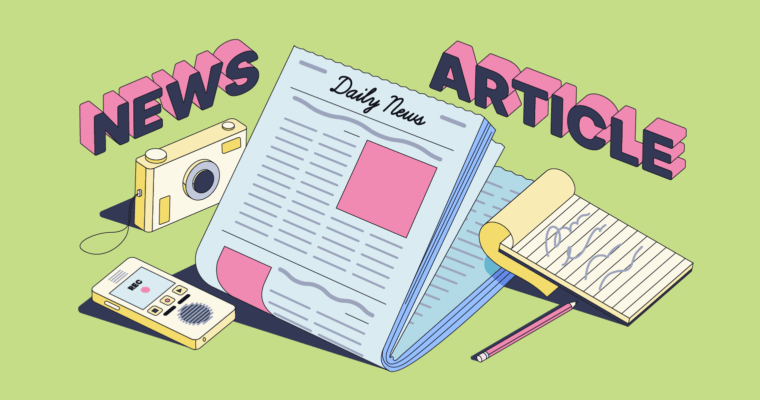|
Vet shares mistake you should never make after pet's surgery Our pets feel like members of the family – so when they fall ill, it can be incredibly distressing. Sometimes, surgery is required to help address the health concerns. And it’s not just vets who have a role to play in making our furry friends feel better. Recovery time requires plenty of care and attention from dog and cat owners. So to help people get through this healing period, a veterinarian has shared her advice on TikTok. Maria, who works in Spain, shared a common misconception that many have. Apparently, “licking wounds” actually does more harm than good. To prevent further irritation, you should stop your pet from getting at their sores. She warned her 569,000 followers: “Never let your dog or cat lick a wound or stitches after surgery. It’s not going to make it heal sooner; that’s a myth. It will get inflamed, ulcerated, opened and infected. So put on a necklace, a body suit, a bandage or whatever it takes to keep it from licking.” The informational clip garnered more than 4,000 likes – and people took to the comments section to share their thoughts. One viewer wrote: “My vet recommended putting a shirt on him so he doesn't lick himself and it works very well.” Another said: "I'm a veterinarian and I happened to be careless with my dog, but everything was fine. He healed well." Meanwhile, a third added a string of eye-rolling emojis in response to experts who say licking wounds is a good thing. What to do after your pet has surgeryAfter your pet has surgery, it’s important to provide proper post-operative care to ensure a smooth recovery. Below are some key steps to follow:
Source link Posted: 2025-02-19 06:48:10 |
Beatles star offers rare insight into personal life and dating rumours | Celebrity News | Showbiz & TV
|
|
Jannik Sinner makes huge coaching appointment on eve of French Open | Tennis | Sport
|
|
Lewis Hamilton's dad 'handed FIA role' as Mohammed Ben Sulayem support emerges | F1 | Sport
|
|
Kettle limescale will vanish after boiling 1 natural item that's 'far better' than vinegar
|
|
How to remove limescale from kettles fast and naturally without vinegar
|
|
Bobrovsky stops 23 shots, Panthers top Maple Leafs 2-0 in Game 4 and tie series at 2 games apiece
|
|
DWP to make key change to unemployment benefits in a major system shake-up | UK | News
|
|
Expert shares reason why you're experiencing knee pain when running
|
|
